The 10 Biggest Data Center Stories Of 2017
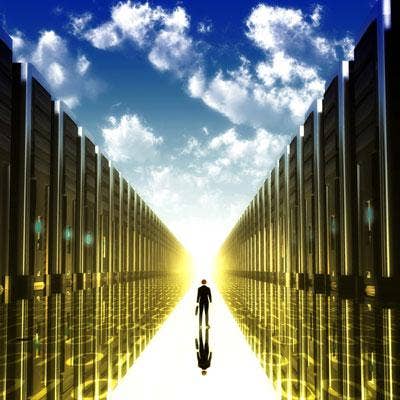
Bought And Sold
The data center market was in a state of continuous change in 2017. Under pressure from customers' quickening move to the cloud, as well as component shortages, data center vendors had to scrape for market share while also pushing forward with growth initiatives in next-generation technologies.
Major server manufacturers introduced new generations of their bread-and-butter hardware lines based on new processors from Intel and AMD, as well as hot new GPUs from Nvidia. Still, sales of branded servers were undermined by the hyper-scale market's thirst for inexpensive, build-it-yourself gear from ODM suppliers. The same was true for the storage market.
Hyper-converged infrastructure continued to provide strong growth for data center vendors, and market leader Dell EMC smashed the accelerator on that business with the marriage of its PowerEdge servers and VxRail hyper-convergence solution.
Speaking of marriage, HPE made two high-profile acquisitions with huge implications for the data center market early this year, bringing flash storage powerhouse Nimble and hyper-converged infrastructure darling SimpliVity into its family of businesses for a combined $1.6 billion.
Here are the 10 biggest data center stories of 2017.
Get more of CRN's 2017 tech year in review.
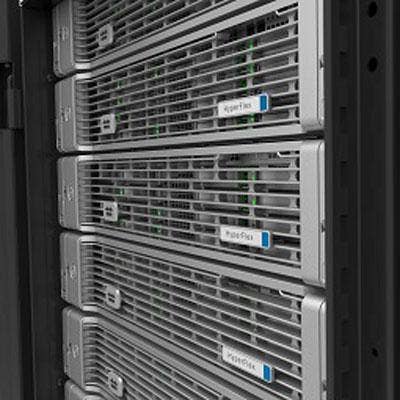
10. Cisco Brings Cloud Management To The Data Center
Cisco in September brought its successful Meraki cloud-based management solution to the data center with the launch of its Intersight automation and management platform for UCS and HyperFlex. The solution, Cisco said, can't be matched by any competitor in the server or hyper-converged infrastructure market. Intersight, the company said, intuitively provides the simplicity and savings customers demand by delivering systems management-as-a-service, eliminating the need to maintain isolated on-premise management infrastructure.
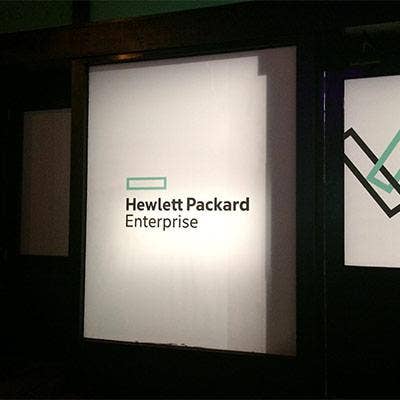
9. HPE Buys Into Flash, Hyper-Convergence With Big Acquisitions
HPE in April closed its $1 billion acquisition of all-flash and hybrid-flash storage powerhouse Nimble Storage, vaulting itself into a leadership position in the red-hot mid-market, all-flash market. By later in the year, HPE had solid plans to begin shipping a Nimble InfoSight predictive analytics solution on its high-end 3Par storage line. At the very beginning of the year, HPE made a major hyper-convergence splash with the $650 million acquisition of SimpliVity. The buy married SimpliVity, one of the start-up darlings of the fast-growing market for hyper-converged infrastructure, with the world's leading server vendor.
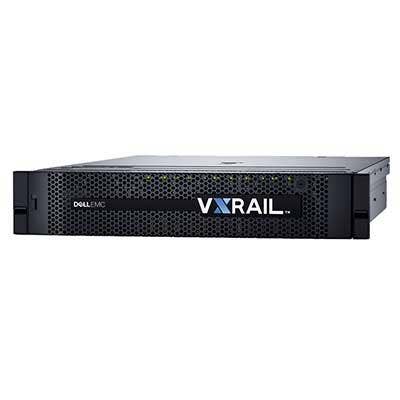
8. Bringing The Family Together
Dell's landmark acquisition of EMC in late 2016 really started to hit home in 2017, and perhaps the highest profile example of the company's rapid integration was the marriage of Dell's PowerEdge servers with EMC's rapidly growing VxRail hyper-converged infrastructure solutions. Dell EMC considers its 14th- generation PowerEdge servers to be the "bedrock of the modern data center," and the VxRail, which starts at about $25,000, has helped boost Dell EMC's post dramatic growth in hyper-converged infrastructure revenue.
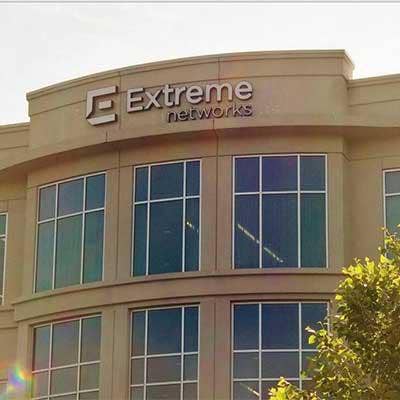
7. Extreme Networks' Big Brocade Buy
Delayed by months, Extreme Networks' acquisition of Brocade Communications' data center switching, routing and analytics business finally closed in late October. The buy allows Extreme to ratchet up the competitive pressure on market leaders Cisco Systems and Hewlett Packard Enterprise. The San Jose, Calif., company says the buy significantly strengthens its position in the high-end data center market, and makes the company a top player in the enterprise networking industry, with eyes on generating $1 billion in annual revenue.
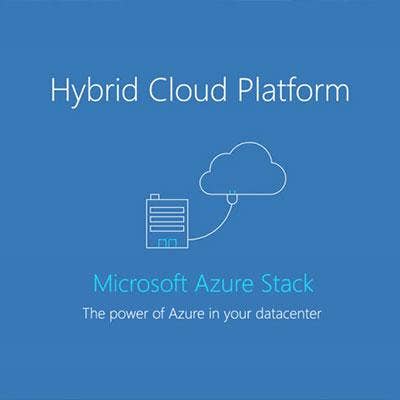
6. Stacking It Up
This was the year data center vendors piled into Microsoft's Azure Stack solution. Azure Stack is software that lets customers use Azure public cloud functions from their own data centers, in essence giving them a common infrastructure that spans public and private cloud. Azure Stack was introduced last year, but it wasn't until the middle of 2017 that vendors like Dell EMC, Lenovo and HPE got into the game with offerings like Dell EMC Cloud for Azure Stack, Lenovo ThinkAgile SX for Azure Stack and HPE ProLiant for Azure Stack.
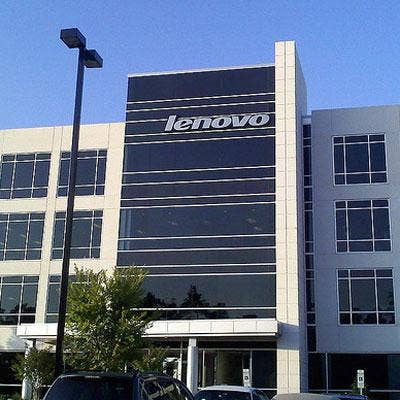
5. Lenovo's Grand Re-Brand
Lenovo has struggled to formulate a unified data center strategy since buying IBM's x86 server business nearly three years ago. Throughout the year, the company saw its share of the global server market decline. In June, Lenovo introduced new branding for its data center products: ThinkSystem covers the Beijing, China-based firm's data center hardware while the ThinkAgile brand was applied to a line of plug-and-play appliances designed for the software-defined data center. The rebranding came as Lenovo shuffled its executive ranks once again, putting Intel veteran Kirk Skaugen in charge of the company's data center business.
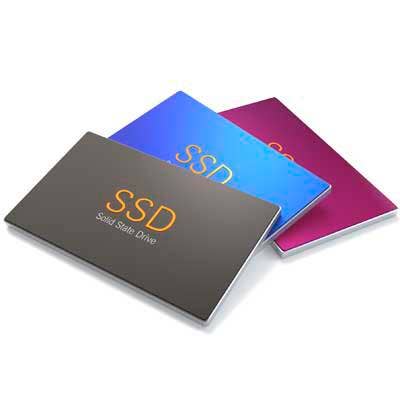
4. SSD, Memory Prices Put Pressure On Vendors, Partners
Demand for SSDs has outstripped supply for all of 2017, resulting in sharply rising costs that forced vendors to raise prices or cut back on partner discounts. Throughout the year, major vendors like Dell EMC and HPE used several methods to dampen the impact of the shortages and pricing pressure caused by outsized demand for SSDs. Partners told CRN that prices had increased as much as 10 percent across all major vendors and that there was no real relief in sight. As the shortages took hold last year, it was predicted that the condition could persist through the first half of 2017, but as the year wore on it became apparent that all of 2017 and perhaps a significant portion of 2018 could see continued shortages and pricing pressure.
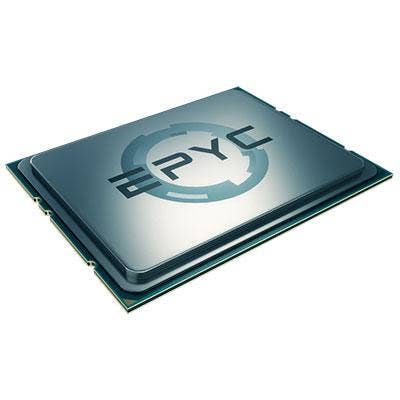
3. New Processors Make A Splash
2017 saw the introduction of new processors from Intel, AMD and others, and major data center vendors used the releases to roll out new generations of some of the industry's most successful gear. In May, AMD introduced its first new server processors, nine in all as part of the Epyc line, specifically aimed at the x86 server market. In July, Intel rolled out its new Skylake family of server processors, the Purley Xeon Scalable platform. Also this year Nvidia launched a new data center GPU, the Tesla V100. As soon as the processors were available Dell EMC launched the 14th generation of its PowerEdge server line and HPE rolled out its Gen10 server platform, two of the most popular server platforms in the market.

2. Pushed To The Edge
The Internet of Things took hold of the market in earnest in 2017, and solution providers found themselves at the gates of a new frontier. As illustrated by falling market share among brand-name vendors in the server and storage markets, customers moved briskly to reduce their data center footprints as they moved to the cloud. But customers have also moved decisively to buy computing power at the edge of the network to seize on the opportunity presented by the IoT market. Solution providers say 2017 marked the beginning of a boom in micro data centers, self-contained, rack-level systems designed to serve the IoT market.
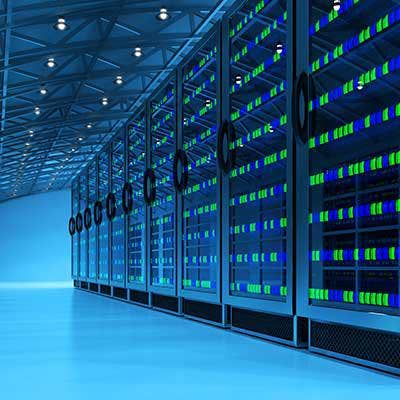
1. Major Vendors Lose Ground To ODMs
The numbers for the global server and storage hardware markets weren't necessarily encouraging in 2017 as major vendors struggled to gain -- or even maintain -- market share as the market for traditional hardware continued to soften. But as vendors like Dell EMC, HPE and Lenovo scraped for share, ODMs (Original Design Manufacturers) saw strong growth driven by hyper-scale cloud firms' rapid expansion. While all-flash, and hyper-converged infrastructure drove storage growth for major storage vendor brands, hyper-scalers pushed ODMs to nearly half of the storage market and to more than 24 percent of the global server market.